How to Create a Bee-Friendly Garden at Home
You don’t need to be a beekeeper to help save the bees. In fact, one of the most powerful things you can do starts right in your own backyard—or even on your balcony!
Creating a bee-friendly garden is a simple, rewarding way to support these tiny pollinators that keep our food and flowers growing. At Beefarm, we believe everyone can be part of the solution. Here’s how to turn your outdoor space into a buzzing haven for bees.
Why Do Bees Need Our Help?
Bees are in trouble due to habitat loss, pesticides, climate change, and monoculture farming. With wild spaces shrinking, home gardens can become a safe haven—offering bees the food, shelter, and rest they need to thrive.
A bee-friendly garden isn’t just good for pollinators—it boosts your local ecosystem, helps your plants flourish, and brings natural beauty and life to your surroundings.
1. Plant Bee-Friendly Flowers (All Year Round)
Bees need nectar for energy and pollen for protein. The best way to feed them? Plant a wide range of flowers that bloom at different times of the year.
Top Bee-Loving Flowers:
- Spring: Lavender, crocus, borage, wild thyme
- Summer: Sunflowers, cosmos, marigolds, echinacea
- Autumn: Sedum, goldenrod, aster
- Year-round (in warmer areas): Calendula, basil, nasturtium
Tip: Go for single-petaled flowers—bees find them easier to access than doubles!
2. Grow Herbs (And Let Some Flower!)
Bees love flowering herbs. Plus, you get fresh flavor in your kitchen!
Try growing:
- Mint
- Thyme
- Basil
- Oregano
- Coriander (cilantro)
- Lemon balm
Let a few herbs go to flower—your bees will thank you.
3. Say No to Pesticides
Chemical pesticides and herbicides are a major cause of bee deaths. Opt for organic gardening methods:
- Use natural pest control (like neem oil or ladybugs)
- Mulch with compost or straw
- Hand-pick pests if needed
- Try companion planting to repel harmful bugs naturally
Healthy soil = healthy plants = fewer pests!
4. Provide Fresh Water
Just like us, bees get thirsty. Create a bee watering station:
- Use a shallow dish or birdbath
- Add pebbles or marbles so bees have a safe landing spot
- Refill with fresh water daily, especially during hot months
It’s a tiny act that makes a big difference.
5. Leave Some Wild Space
Bees need more than flowers—they need nesting spots too. You can help by:
- Leaving bare patches of soil (some bees nest underground)
- Avoiding over-mulching or artificial grass
- Leaving dead wood or hollow stems for solitary bees
- Skipping the lawnmower occasionally to let wildflowers grow
Wild corners = safe bee homes.
6. Add a Bee Hotel
Bee hotels are great for solitary bees like mason bees and leafcutter bees. You can:
- Buy one online or from a garden store
- Or DIY with bamboo canes, holes drilled in wood, or cardboard tubes
- Mount in a sunny, dry spot about 3–5 feet off the ground
Don’t forget to clean it out yearly to avoid parasites!
7. Go Native
Native plants are best adapted to your local bees and environment. They’re often low-maintenance and super productive.
Check with a local nursery or garden group for the best bee-friendly natives in your region.
8. Keep It Blooming
Aim for something to be flowering in every season so bees always have food. Stagger planting times and mix early-, mid-, and late-blooming species.
A full bloom calendar = full bellies for bees.
Final Thoughts: Every Garden Can Help
Whether you have a backyard, balcony, or just a window box—you can make a difference. A bee-friendly garden supports pollinators, enhances biodiversity, and brings joy and color into your life.
At Beefarm, we’re proud to be part of a movement that honors and protects the bees. We encourage you to start small and grow your garden with love, care, and purpose.
Let your space buzz with life—the bees will thank you.
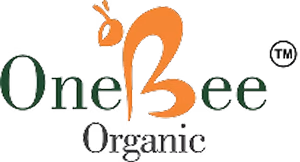

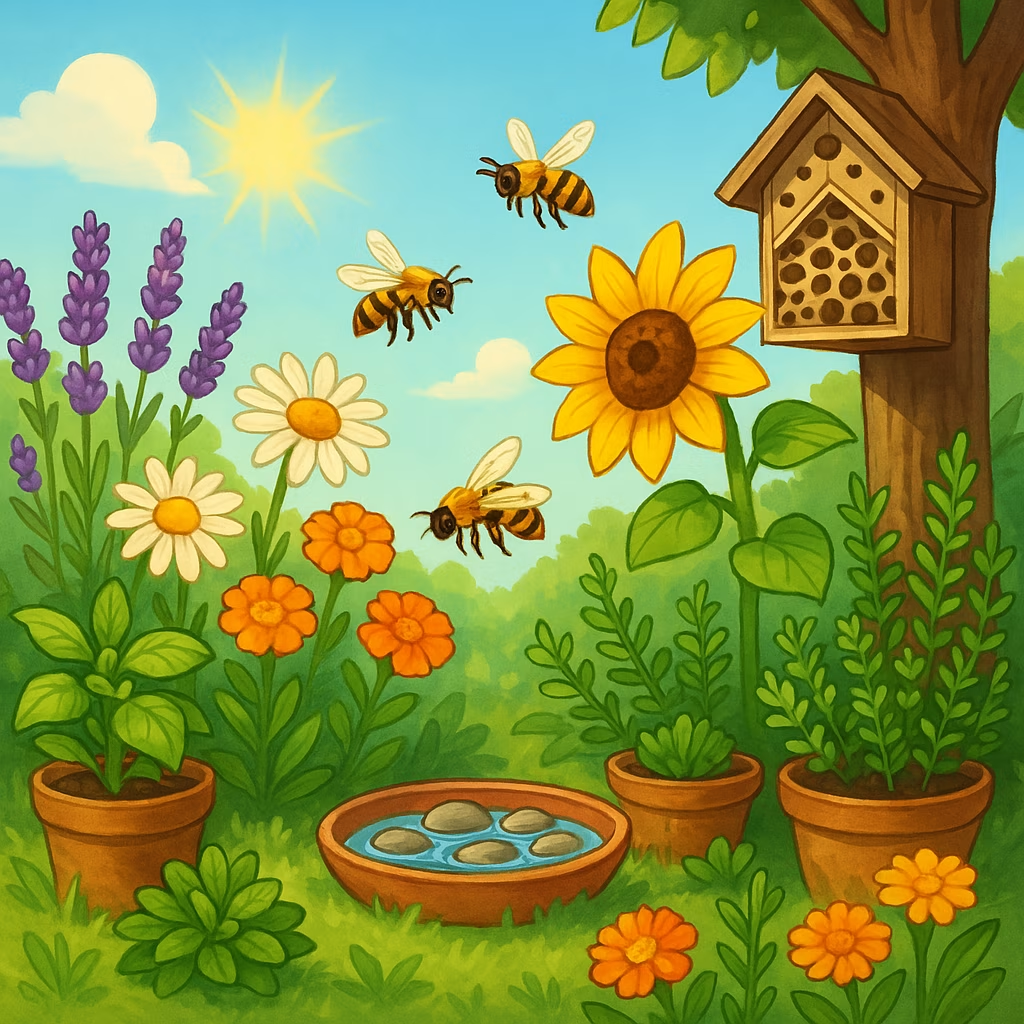
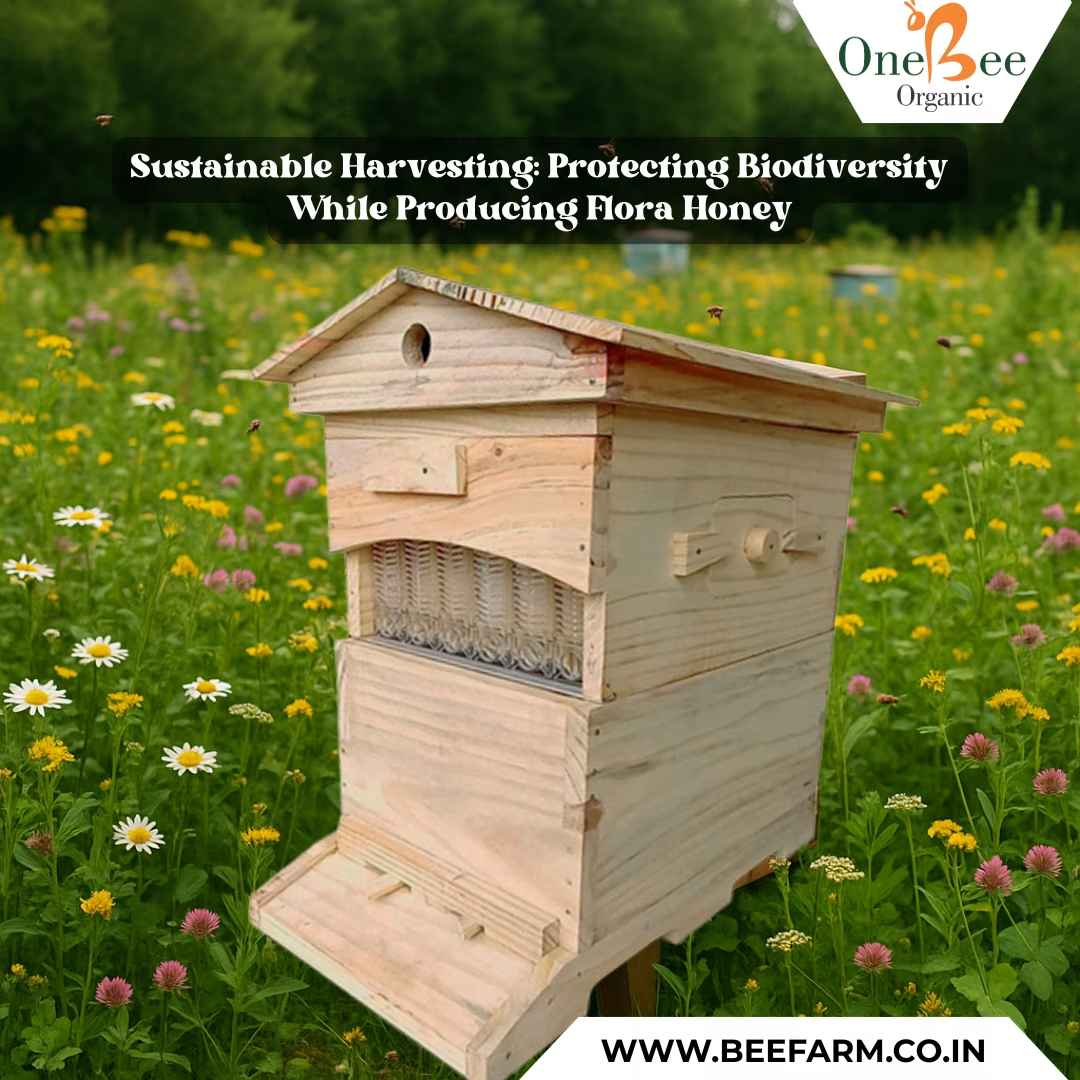
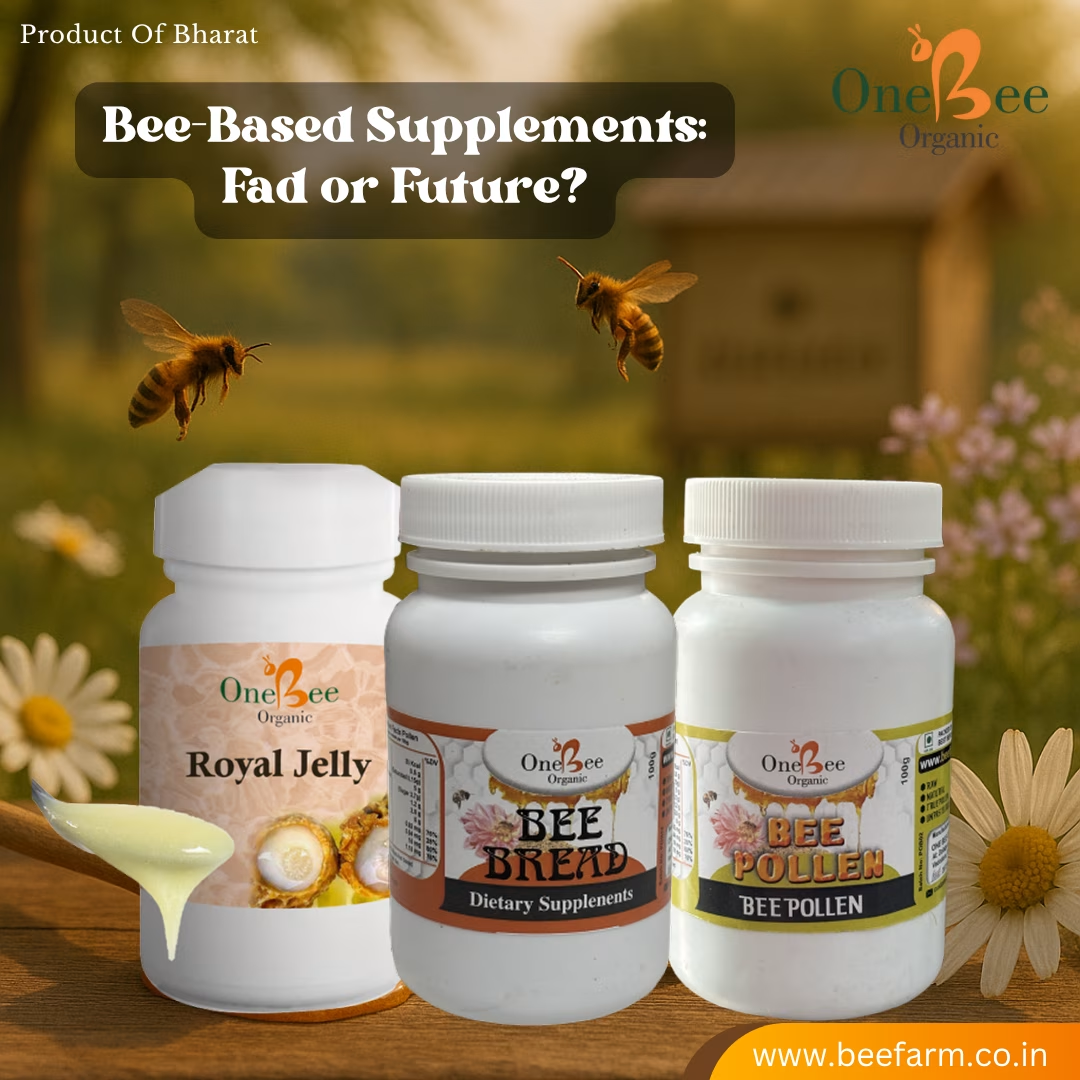
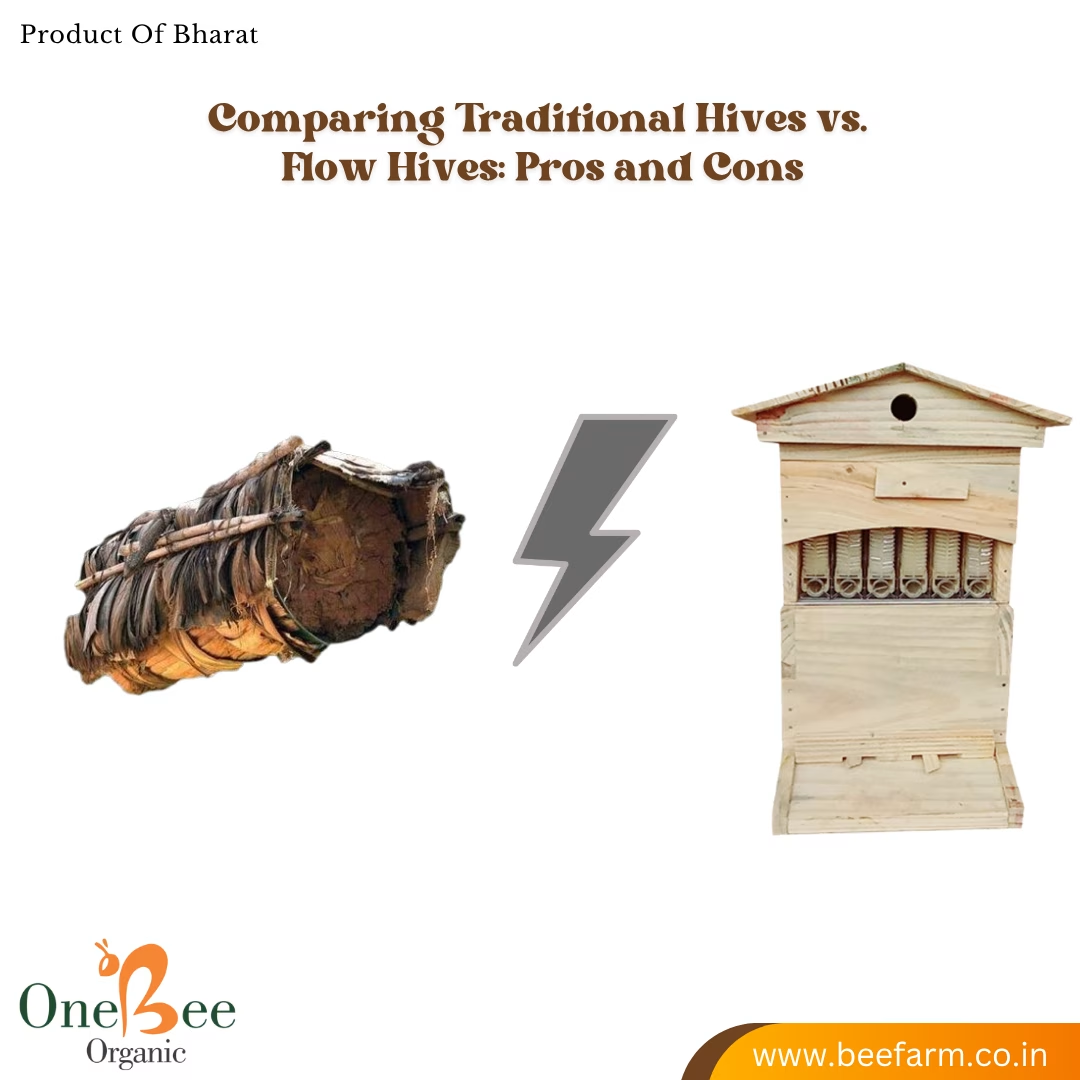

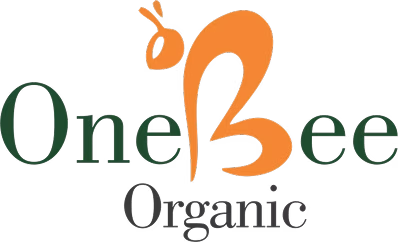
Leave A Comment